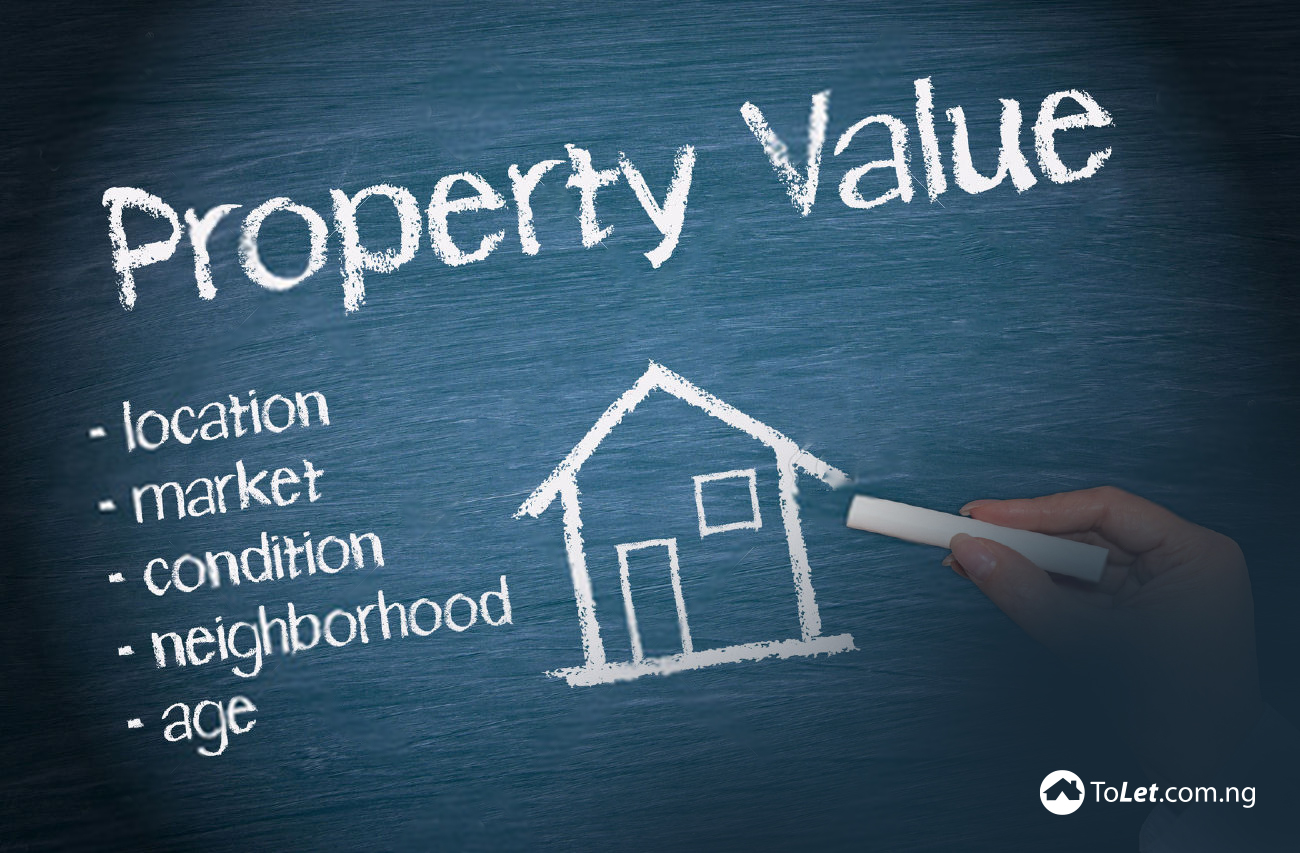NBRRI Faults 17m Housing Units Deficit

The United Nations Agency on Human Settlement (UN-HABITAT) made the housing deficit in Nigeria known in 2006, estimating it at 17 million units. But the figure has remained stagnant like the country itself has remained stagnant, where there is neither increase nor decrease.
This information has been faulted by the Nigerian building and roads research institute (NBRRI), saying the figure is no longer tenable because, if anything, the population of the country has shifted. Quoting findings by Worldometer, 2017, the institute notes that from 2012 to date, Nigeria’s population has increased from 168,240,403 to 191,835,936 which is 23,595,533 additional people.
“The housing deficiency has, therefore, climbed and is likely to worsen in the nearest future if urgent steps are not taken by the government in conjunction with all stakeholders to address the problem”, said Danladi Matawal, DG/ClEO of the Institute at the just concluded housing conference in Abuja.
Matawal noted that almost every dispensation since the colonial era has formulated policies to contain the housing situations, but while some yielded success, some have failed to make any significant impact in the housing and real estate sector or the country.
World Bank in 2013 stated that in order for Nigeria to keep up with the demand for housing, 700,000 houses annually are required to match growing population and urban migration, but less than 100,000 houses are being built annually in the country.
The director general, therefore, canvassed a paradigm shift in approach to providing housing in Nigeria from a conventional process-based approach to more compartmentalised and adaptable strategies.
Reasons for poor housing situation in Nigeria, he said, include access to finance, legal processes surrounding property and land procurement, access to affordable high-quality building materials as building in Nigeria is relatively expensive which, in turn, reflects on high cost paid by end users.
“Conscious and timely efforts are required to adopt strategies that will significantly reduce the cost of building houses and I recommends the provision of affordable housing by harnessing and integrating alternative building technologies and building materials to reduce the cost of building houses in Nigeria”, he said.
Continuing, he said, “building houses are highly capital intensive projects and a bulk of this capital is gulped up in procuring building materials which alone have been estimated to constitute 60 percent of the cost of constructing a building”.
According to him, besides the cost implications of undertaking high volumes of construction projects, there is also the sustainability issue, hence the need to consider alternative building materials and technologies that would be substitutes or complementary to conventional building materials.
He listed conventional building materials as concrete, steel, glass, timber, etc which take a lot of time to produced, cure and assemble and may pose a time challenge. The Conventional building materials include concrete, steel, glass, timber, etc, many, especially concrete take a lot of time to produced, cure and assemble which may pose a time challenge. These could be replaced with basic alternative materials which are predominantly traditional such as thatch, mud/clay, laterite, gravel, straw, azara and raffia palm that have been in local production from historic times.
Source: Business Day










